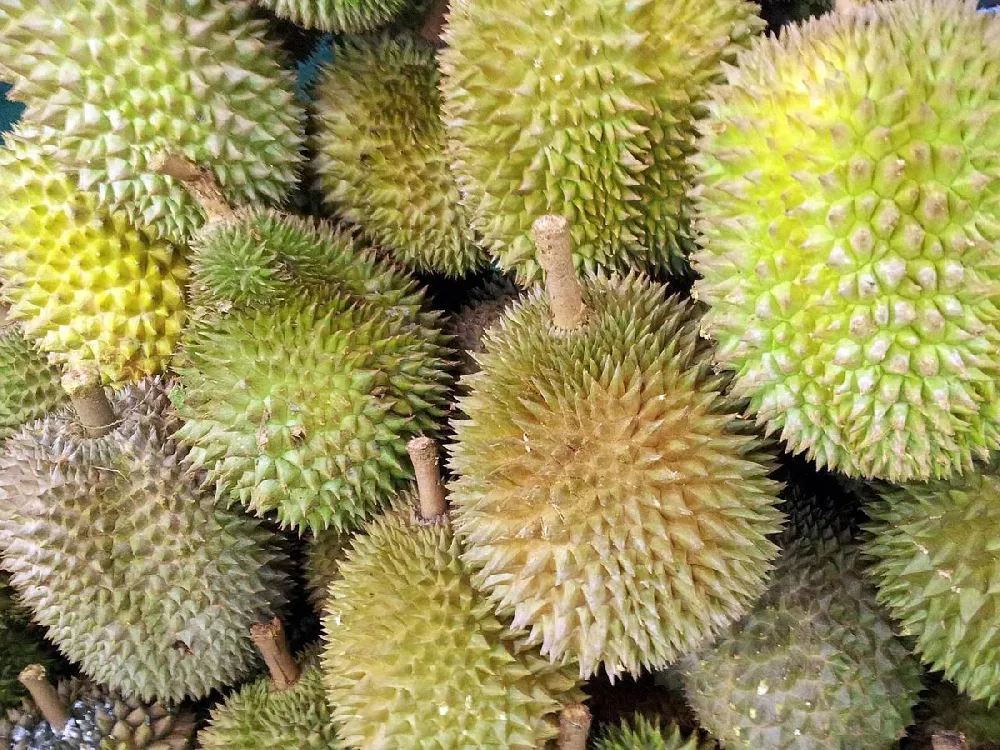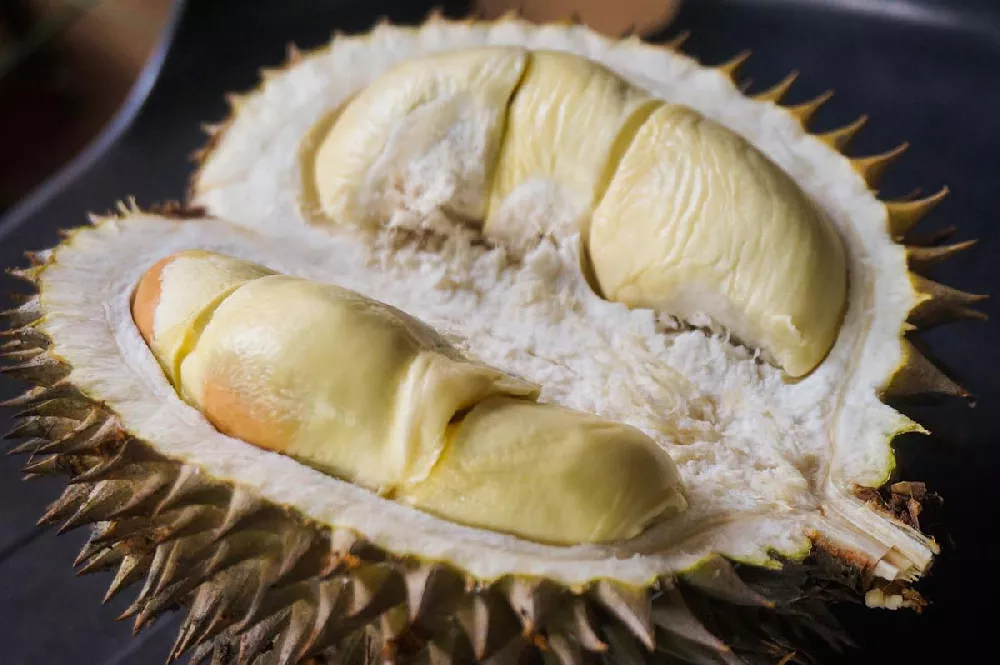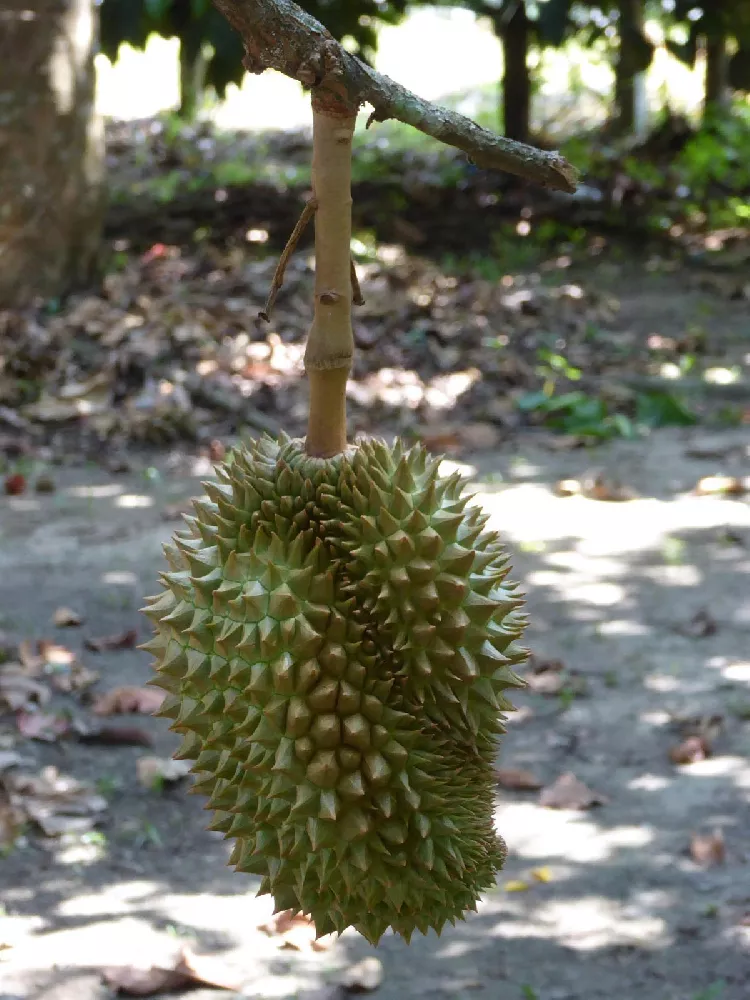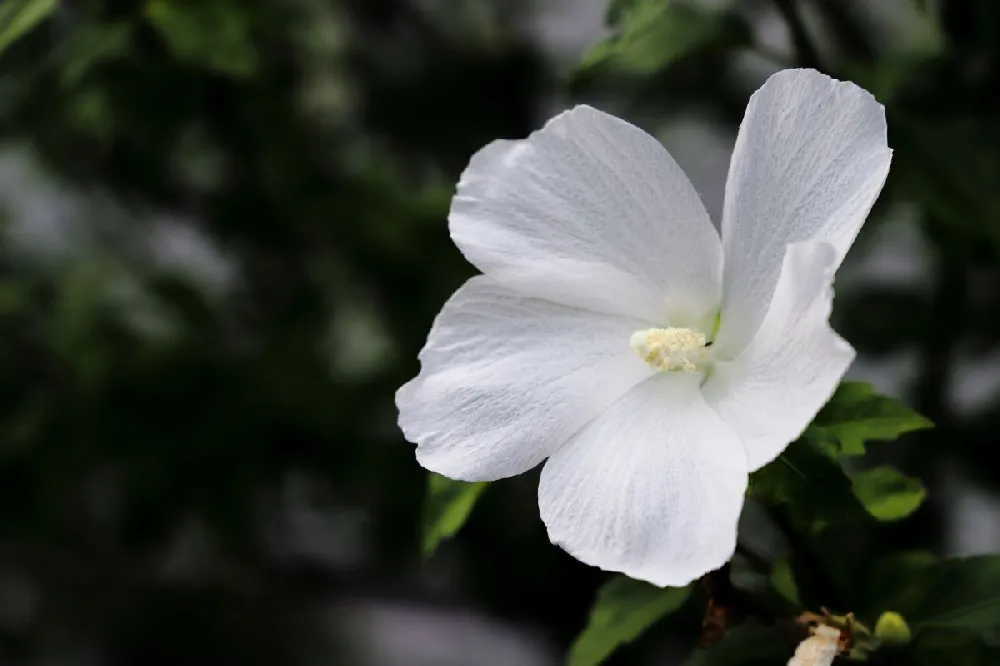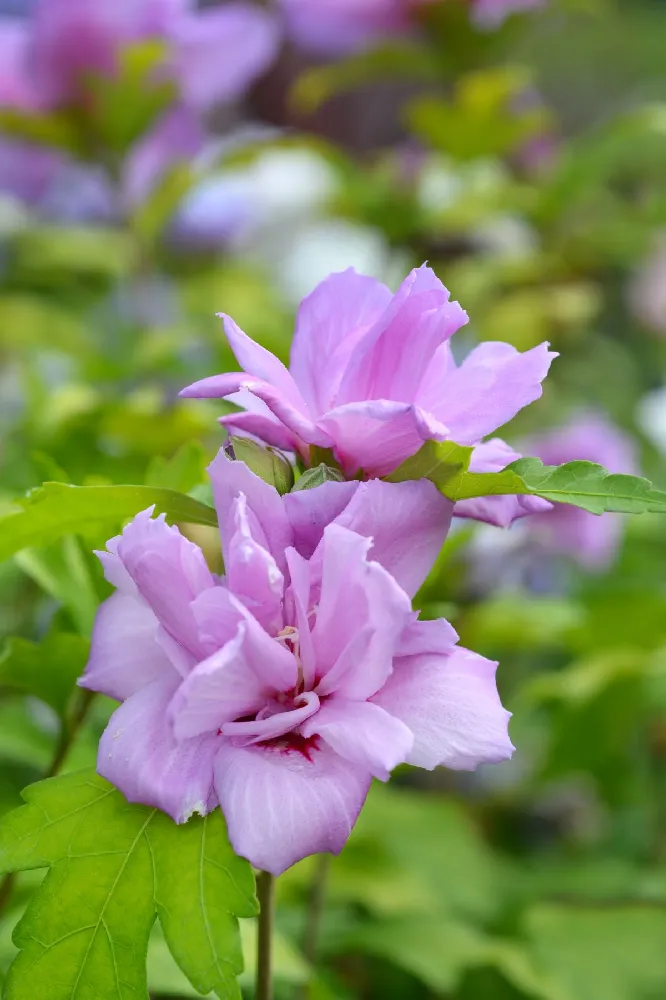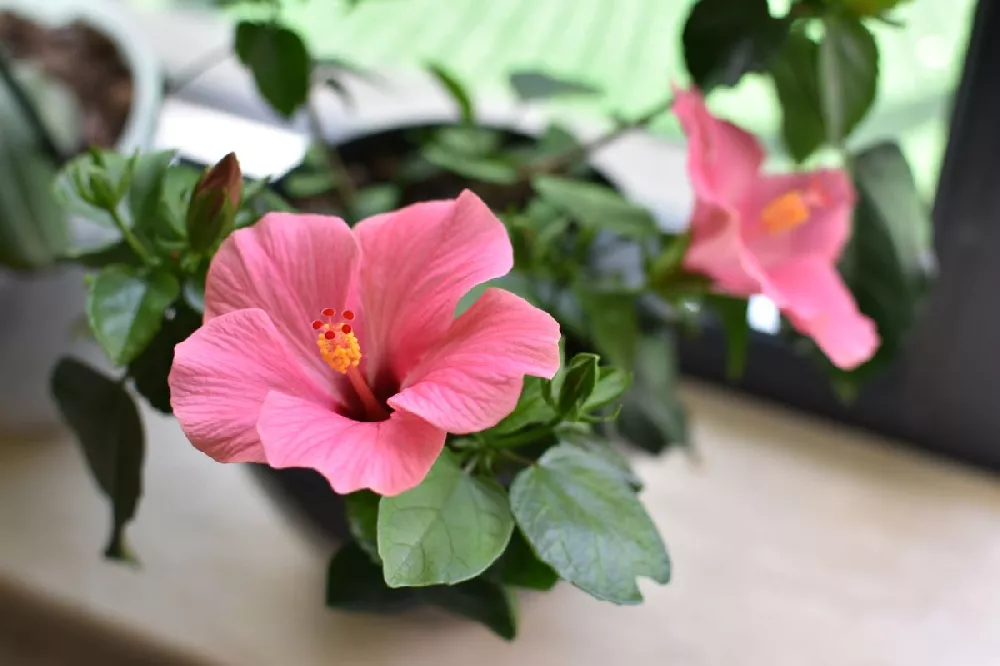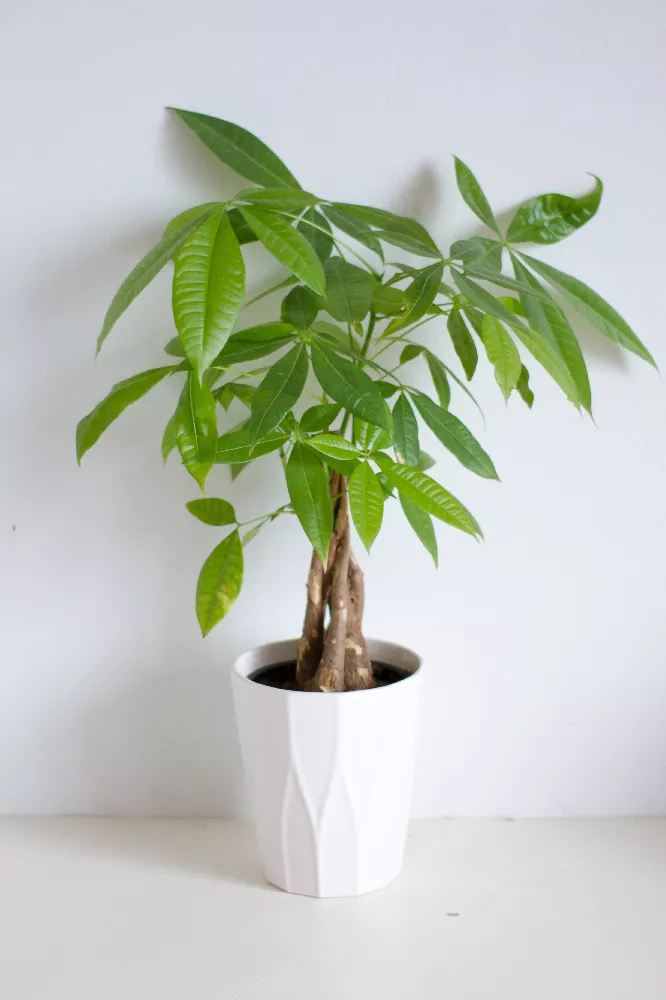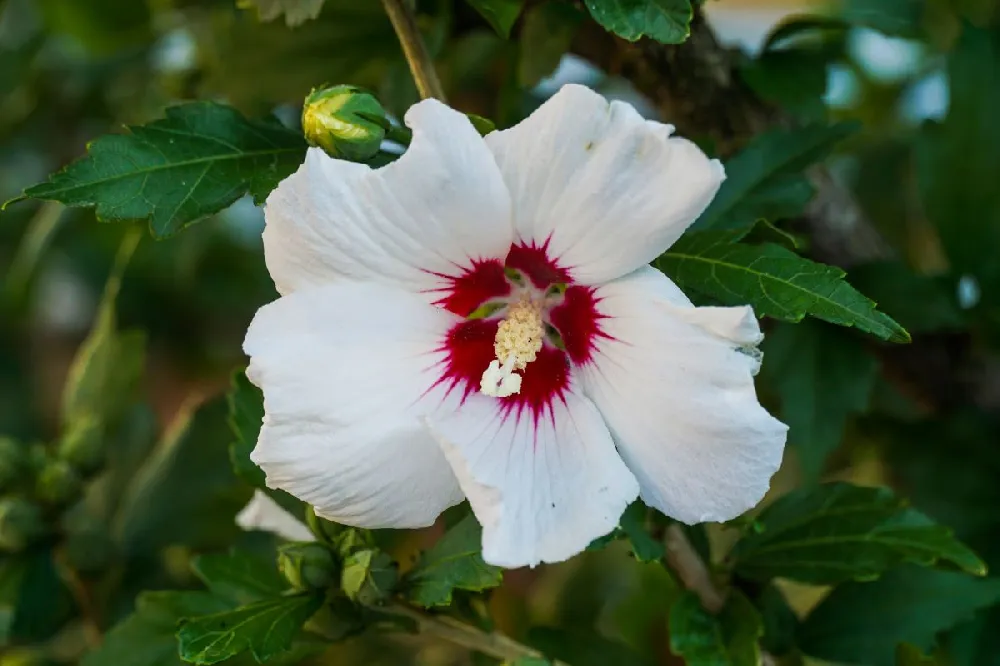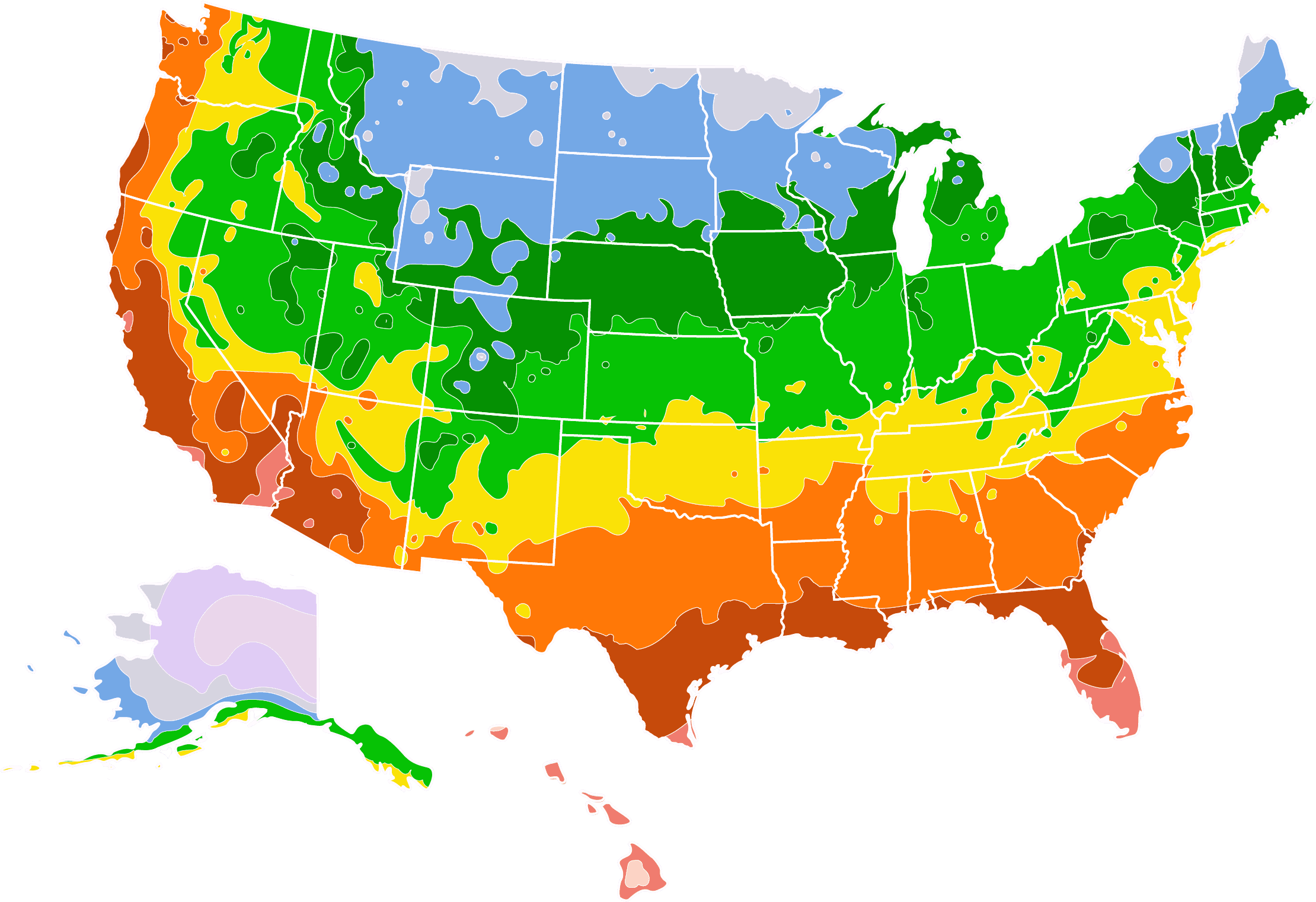- Home >
- Edible Plants >
- Durian Fruit
Durian Fruit for Sale - Buying & Growing Guide
Although it is a well-recognized sight to those who live in and near southeast Asia, the durian fruit tree has a unique tropical allure to those who live elsewhere in the world. This tree, known botanically as Durio zibethinus, loves heat and moisture, and when it lives in the correct growing conditions, it will produce large round fruits with a spiky exterior that are unlike any other fruits you often see. The durian fruit tree also adds a distinctly tropical look to your garden via its irregular form, striking flowers, and long green leaves.
- It maintains a moderate size when growing in containers.
- The durian fruit tree provides fantastic fruits with a spiky exterior.
- Its long green leaves make for the perfect tropical garden look.
Enter your zip code to find nearby stores that may carry this plant.
Plant Care
Sunlight

Young trees grow better in the shade. Older trees should receive at least four hours of light per day.
Watering
The durian fruit tree’s water needs are incredibly high. It likely needs multiple waterings per day.
Fertilizing

Fertilize every month. Fertilizer nutrient blends should change based on whether the plant is in a flowering or fruiting phase.
Planting and Care
Planting instructions
Durian fruit trees survive outdoors in zones 9 through 11, but they should be overwintered in cooler regions. However, even when growing your durian tree outdoors, it’s often preferable to do so in a container. Container gardening allows you to set the ideal soil conditions for your durian fruit tree, which includes high nutrient density. Interestingly, durian fruit trees prefer different amounts of sunlight depending on their age. Young trees like shade or partial shade, while older trees prefer partial shade or full sun. Container gardening allows you to move your durian fruit tree to different sun exposures as needed.
Watering and nutrients
Durian fruit trees have high water and fertilization needs. Regarding the former, you should keep the soil consistently moist by watering every day, while also preventing standing water by ensuring efficient soil drainage. You’ll need to fertilize your durian fruit tree every month and change the type of fertilizer you use depending on the growth stage your tree is in. When the tree is flowering, you should apply a fertilizer that has more phosphorus and potassium. When your tree is fruiting, you should apply a fertilizer that is higher in potassium and nitrogen.
Pollination
In their native range, durian fruit trees rely on flying foxes to carry out pollination. Since flying foxes don’t live in the United States, you’ll need to find another way to conduct pollination for this plant. Wind pollination is not an option, as the durian fruit pollen forms in large clumps. However, some moths may be capable of transferring this pollen. Often, it’s best to rely on hand pollination to ensure proper flower fertilization. Thankfully, the durian fruit tree is a self-pollinating species, meaning that you need only one to produce fruits.
Pruning
The pruning needs for durian fruit trees can be surprisingly low. Often, these trees will allow unneeded branches to die and fall to the ground on their own. If you do choose to prune this tree, you should aim to make cuts that will increase fruit yields and make harvesting a bit easier. Typically, you’ll want to remove branches that grow low to the ground and remove internal branches to increase air circulation through the canopy, thus reducing the odds that moisture-related diseases will arise.
Pests, diseases, and animals
One common issue that durian fruit trees face is the threat of leaf blight. Leaf blight is a fungal infection that causes the leaves to become discolored. However, this disease is often easy to treat if you catch it soon enough. Pest infestations can also arise with this tree, with shot hole borers being one of the biggest culprits. But if you grow your durian fruit tree indoors, you likely won’t need to worry about too many pest problems.
Harvesting
When a durian fruit is ready for harvest, it will be about the size of a cantaloupe and may weigh anywhere between 5 and 12 pounds. Upon finding harvestable fruits on your tree, you should use a sharp tool to remove ripe fruits from their branches. Be careful as you harvest, as the durian fruit is more sensitive than it appears. When you cut the fruit’s stem, leave about 1 inch of stem on the tree. Avoid eating fruits that have already fallen, as they are likely damaged and no longer good to eat.
Achieving maximum results
Before you set out to grow and harvest durian fruits, you should know that these fruits have a pungent smell that many people do not like. The same can be said of the flavor these fruits hold. If you do wish to grow one of these trees, you should keep it in an area that never gets colder than 75 degrees Fahrenheit. You should also be aware that growing multiple durian fruit trees and allowing for cross-pollination will lead to a larger harvest of better-quality fruits.
FAQs
How do you eat durian fruit?
What does a durian fruit taste like?
Many people know that the durian fruit can smell incredibly bad, with some likening the odor to excrement. Fortunately, while unique, the flavor of this fruit is not as repugnant. This flavor remains difficult to describe accurately to someone who has never tasted it, but many describe the fruits as having a mixture of both sweet and savory flavor notes. Some also say that they can sense flavors similar to that of garlic in a durian fruit's flesh.
Are a durian fruit and a jackfruit the same?
Some people are quick to make the mistake of assuming that durian fruits and jackfruits are the same. However, this is not the case at all. Although these two fruits share some similarities, especially their spiky exterior textures, and both come from tropical locations, they do not share any significant genetic similarities, and they come from two entirely different plant families.
Compare Similar Products
You can't add more Product Name - Product size to the cart.
OK